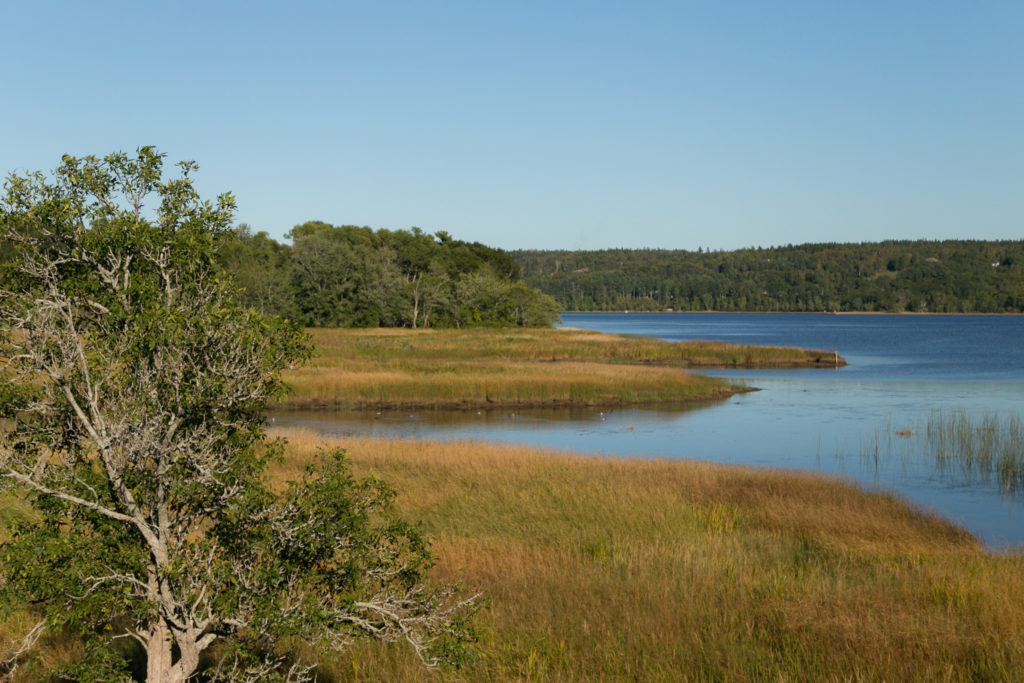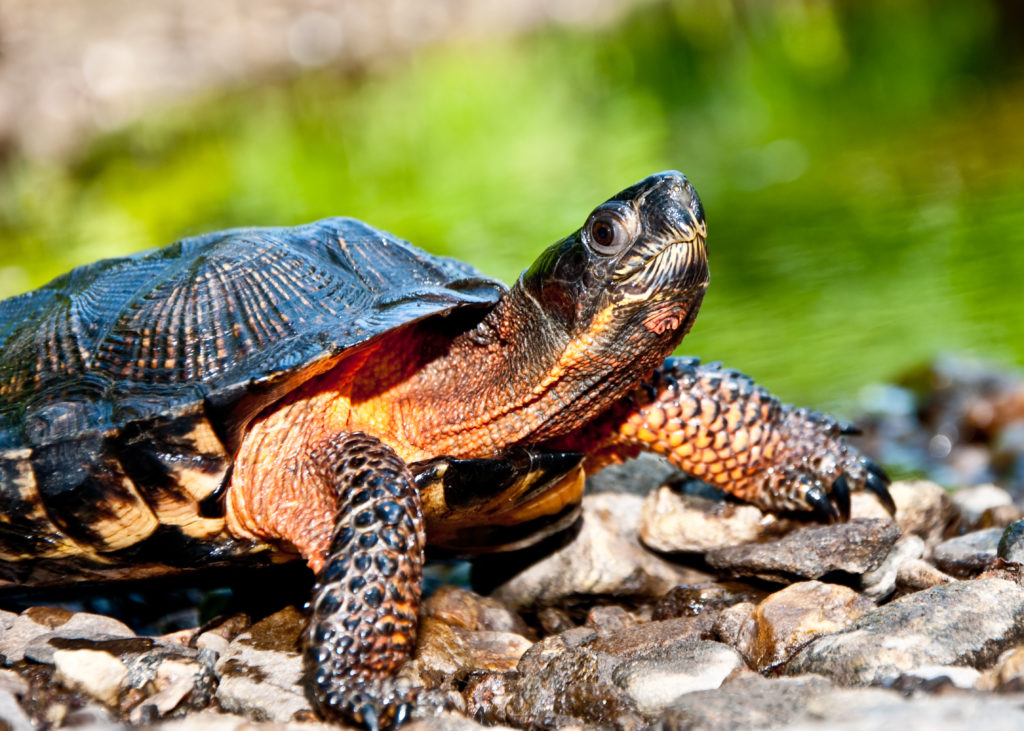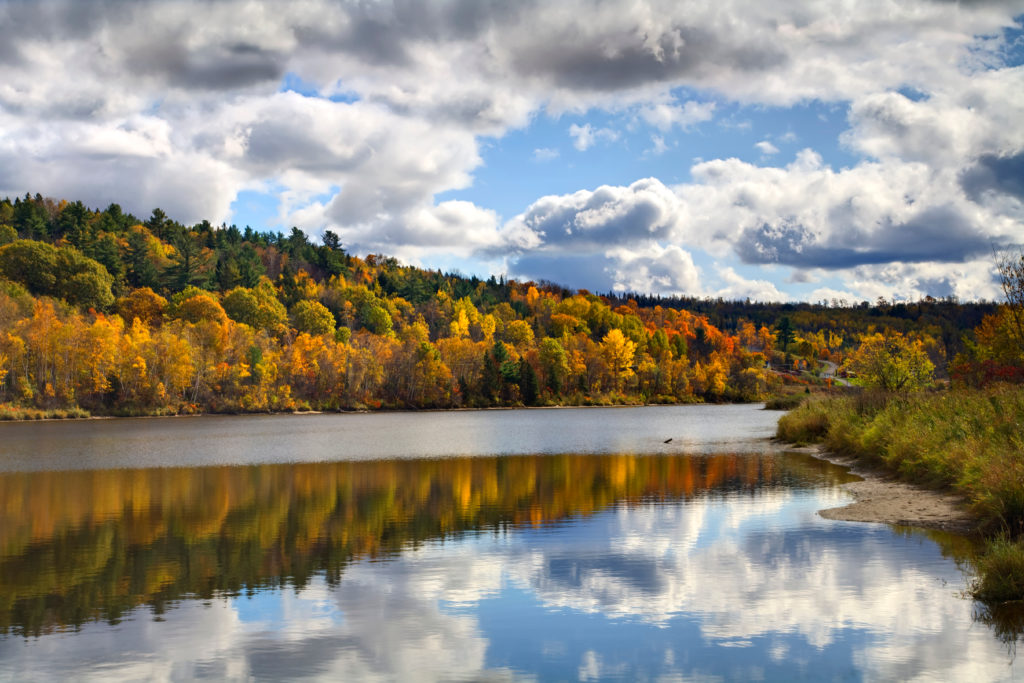On the path to restoring the Saint John River watershed
Wolastoq means “beautiful and bountiful river” in the Maliseet language — it is also known as the Saint John River watershed in New Brunswick. This 700-kilometre labyrinth of blind bays, tributaries, lakes and marshlands has been home to the Wolastoqiyik (Maliseet people) for more than 10,000 years.

After European settlement in the 1700s and 1800s, the relationship between humans and the Wolastoq began to change. They cleared land and harvested wood in earnest, and this negatively affected wildlife, water and people. Over the next 200 years, we would see human activity and development further degrade the ecological state of the watershed.
Today, the forests that once stood in the Wolastoq have changed — expanses of old growth forest were lost; marine and freshwater species are at risk of extinction; and the harm done to the watershed continues to impact the Wolastoqiyik. In 2019, WWF-Canada published its nation-wide Wildlife Protection Assessment, with New Brunswick — including the Wolastoq — receiving the second poorest ecological representation score among provinces. Currently, less than five per cent of natural habitats are protected by the province. Restoration and stewardship of protected areas will be critical in providing essential habitat for at-risk species in the Wolastoq, such as the wood turtle and shortnose sturgeon.

The Wolastoq is an important place for all Canadians. The watershed still contains significant amounts of soil and forest biomass that store carbon and help slow climate change. It also continues to be a hotspot for Canadian biodiversity.
To restore and protect the Wolastoq, we must find ways to incorporate the concept of two-eyed seeing. Mi’kmaw Elder Albert Marshall describes this concept as a way “To see from one eye with the strengths of Indigenous ways of knowing, and to see from the other eye with the strengths of Western ways of knowing, and to use both of these eyes together.” Two-eyed seeing can offer a more complete picture of the watershed — and a path forward.
For the past eight years, WWF-Canada has been active in the Wolastoq under the leadership of Simon J. Mitchell, Vice President, Resilient Habitats. Simon has observed growing community interest among residents, local organizations and municipalities to recover ecosystems that have been degraded or destroyed — a solution known as ecological restoration. This is a type of nature-based solution and it can repair human-caused damage and provide additional benefits such as water purification, flood protection and temperature regulation.
To visualize the growth of recovery efforts in the Wolastoq, WWF-Canada created an interactive map.
In the last decade, hundreds of restoration initiatives have been funded and implemented by a diverse group of actors. Not only does the map show the extent of ecological restoration in the Wolastoq, it also restores a larger sense of community. We can see that the relationship between humans and the watershed is changing again.
WWF-Canada is privileged to be part of this transformational period. We are working closely with diverse partners in the Wolastoq to implement viable conservation actions that effectively safeguard species and fight climate change. Most importantly, these restoration and protection efforts offer an opportunity to sustain meaningful action towards reconciliation with the Wolastoqiyik — “people of the beautiful river.” There is still much to be done.

*Thank you to the remarkable organizations for restoring areas in the Wolastoq and for contributing valuable data to WWF-Canada’s interactive map. To submit a restoration project for this map, please reach out to jcurrie@wwfcanada.org.

